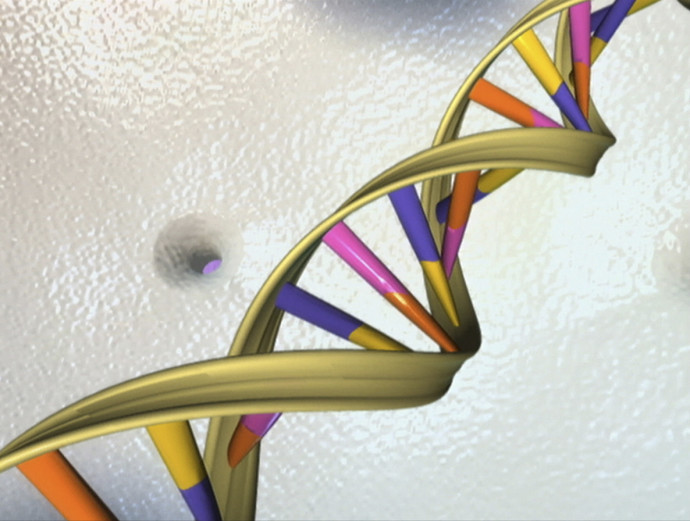A “mystery gene” that matures the skeleton of the cell has been identified, according to a study published last Thursday.
As one of the most abundant molecules in a cell, actin is a main component of our cell skeleton. The protein has many purposes including playing an important role in cell division, giving shape to the cell to make it more firm, helping to propel cells forward, and providing strength to our muscles.
While much is known about actin, how the final form of the protein is made and which gene is behind it remained unclear – until a research group at the Netherlands Cancer Institute, led by Thijn Brummelkamp, discovered a “mystery gene” that provides an answer. He excels at tracking down genes and proteins that no one else has been able to find.
Most recently, as published in the peer-reviewed journal Science, Brummelkamp and his team found the gene that guarantees the creation of the final form of actin.
Brummelkamp, whose mission is to discover the functions of our genes, has developed many methods for that purpose. He and his team use haploid cells which contain only one copy of each gene instead of two: one from the father and one from the mother. Using this method, they looked for the gene that matures actin which in turn matures the skeleton of the cell.

A protein isn't finished maturing until it can fully perform its function in the cell. Usually, a protein needs an essential amino acid to be removed first, which happens when it is cut from the protein by a pair of molecular scissors.
While this occurs with actin – and it is known from which side the amino acid is cut off – no one has been able to find which enzyme acts as the molecular scissors in this process.
Discovering the molecular scissors that cut the specific amino acid
In search of this enzyme, a member of Brummelkamp’s team, Peter Haahr, caused random mutations in random haploid cells. After doing so, he added a fluorescently labeled antibody to the cells containing the immature actin that fit in the exact spot where the amino acid is cut off.
Lastly, he investigated which gene mutated and discovered the molecular scissors that cut the specific amino acid from actin.
The scissors were found to be controlled by a gene no researchers have ever worked with and which has no known function. Therefore, the researchers got to name the gene themselves, calling it ACTMAP (Actin Maturation Protease).
The team decided to test whether a lack of ACTMAP leads to problems in living things. In order to do so, they worked with scientists from VU Amsterdam and turned off the gene in mice.
As they had expected, due to the lack of the gene, the actin in the cell skeleton of the mice remained unfinished. However, even though they suffered from muscle weakness, the mice did stay alive – which the researcher did not expect.
Brummelkamp’s mission is to eventually map out the function of all 23,000 genes. Along with ACTMAP, the researcher has discovered many mystery genes that play a role in cell skeleton function.
In recent years, his team has discovered three unknown molecular scissors that cut the amino acid from tubulin, the other main component of the cell skeleton.
